Land Ecosystem Atmosphere Program (LEAP) - Howard Springs Understorey OzFlux Flux Tower Site

Investigators and Partners
This project is the product of the combined efforts of many interdisciplinary researchers of various expertise and is currently operated by:
- Prof Lindsay Hutley (Ecophysiologist)(CDU)
- Prof Jason Beringer (Micrometeorology)(UWA)
Project Overview
A Flux Tower at Howard Springs established within the Black Jungle Conservation Reserve. The sites research and monitoring is representative of high rainfall, frequently burnt tropical savanna. Tropical savanna in Australia occupies 1.9 million km2 across the north and given the extent of this biome, understanding biogeochemical cycles, impacts of fire on sequestration, vegetation and fauna is a national priority.
Tropical savanna covers a large proportion of the Australian landscape and is important for its economic, conservation and cultural value. Through the processes of evapotranspiration, photosynthesis, respiration and biomass burning savanna plays a highly significant role in regional and continental cycles of water and carbon. Savanna is fire-dominated, indeed fire-dependant, and yet an understanding of direct feedbacks of savanna fires to the atmosphere is virtually non-existent.
In the NT, savanna ecosystems are largely intact in terms of tree cover, with only modest levels of land use change. Despite this, there is evidence of a loss of biodiversity, most likely due to shifts in fire regimes and a loss of patchiness in the landscape. Approximately 40% of the savanna burn every year and understanding fire impacts on fauna and flora is essential for effective land management. Vast areas, limited infrastructure and human resources makes the role of remote sensing all the more important for land management in north Australia and this site contributes to these needs by establishing infrastructure at a significant savanna site.
The site provides nationally consistent observations of vegetation dynamics, faunal biodiversity, micrometeorology (climate, radiation, fluxes of carbon and water), hydrology and biogeochemistry to examine the impacts of fire regime, climate on carbon stocks and GHG emissions, and impacts on habitat quality via ongoing monitoring of vegetation structure and fauna. A wide range of ground based observations of vegetation structure and floristics is planned and all will link to remote sensing of fire and vegetation change over time. Measurements of carbon sequestration through time will be achieved via the instrumentation capable of directly measuring CO2, water use and surface energy properties (energy balance, reflectance).
The tower will provide longterm measurements as part of the Ozflux network and the infrastructure is partly funded through the NCRIS TERN OzFlux facilities.
Key research questions
The Site Location
The Howard Springs flux station is located south east of Darwin in the Black Jungle Conservation Reserve. It was established in August 2001 and is managed by The University of Western Australia and Charles Darwin University. The Howard Springs OzFlux Site is located at: Latitude: -12.49 S Longitude: 131.15 E
Site Characteristics
The flux tower site is classified as an Eucalypt open forest savanna with woollybutt, stringybark and a sorghum tall grass understory and average tree height is 14?16m. Stem density: 661 stems/ha (total stems 684 stems/ha). Basal area: 9.66 m2/ha. LAI - Total: 0.79 Overstorey: 0.60 Understorey: 0.19
Biomass Harvest - mean live biomass: 66.25 gm-2 (standard error: 22.29). Mean standing dead biomass: 20.54 gm-2 (standard error: 8.34). Mean litter biomass: 297.75 gm-2 (standard error: 33.31). Total mean biomass: 384.54 gm-2 (standard error: 37.09).
Soil- Clay: 4.10% (volume <1?m); Silt: 37.90% (volume <1?m); Sand: 57.93% (volume <1?m); Sand (>1 ?m): 7.45% (total weight)
Elevation of the site is close to 64m and mean annual precipitation is 1750mm. Maximum temperatures range from 30.4?C (in July) to 33.2?C (in November), while minimum temperatures range from 19.3?C (in July) to 25.4?C (in November). Therefore, the maximum and minimum range varies from 7?C (wet season) to 11?C (dry season).
Data
Data from this site is available through the OzFlux data portal international FLUXNET database or via the investigators email jason.beringer[@]uwa.edu.au
Further Information
- Prof. Jason Beringer
- Prof. Lindsay Hutley
- School of Agriculture and Environment
- Charles Darwin University
- The Australian Flux Network (OzFlux)
- The Terrestrial Ecosystem Science Network (TERN)
- The Terrestrial Ecosystem Science Network (TERN) Supersite network
- The National Collaborative Research Infrastructure Strategy (NCRIS)
- The International FLUXNET
Acknowledgements
This site is produced by Prof. Jason Beringer, UWA, School of Agriculture and Environment and proudly part of the Australian Flux Network(OzFlux) and partly supported by the Australian NCRIS Terrestrial Ecosystem Research Network (TERN). Australian Research Council grants supported this work (DP0344744, LP0774812, DP0772981, LP0990038, DP130101566 and FT110100602)
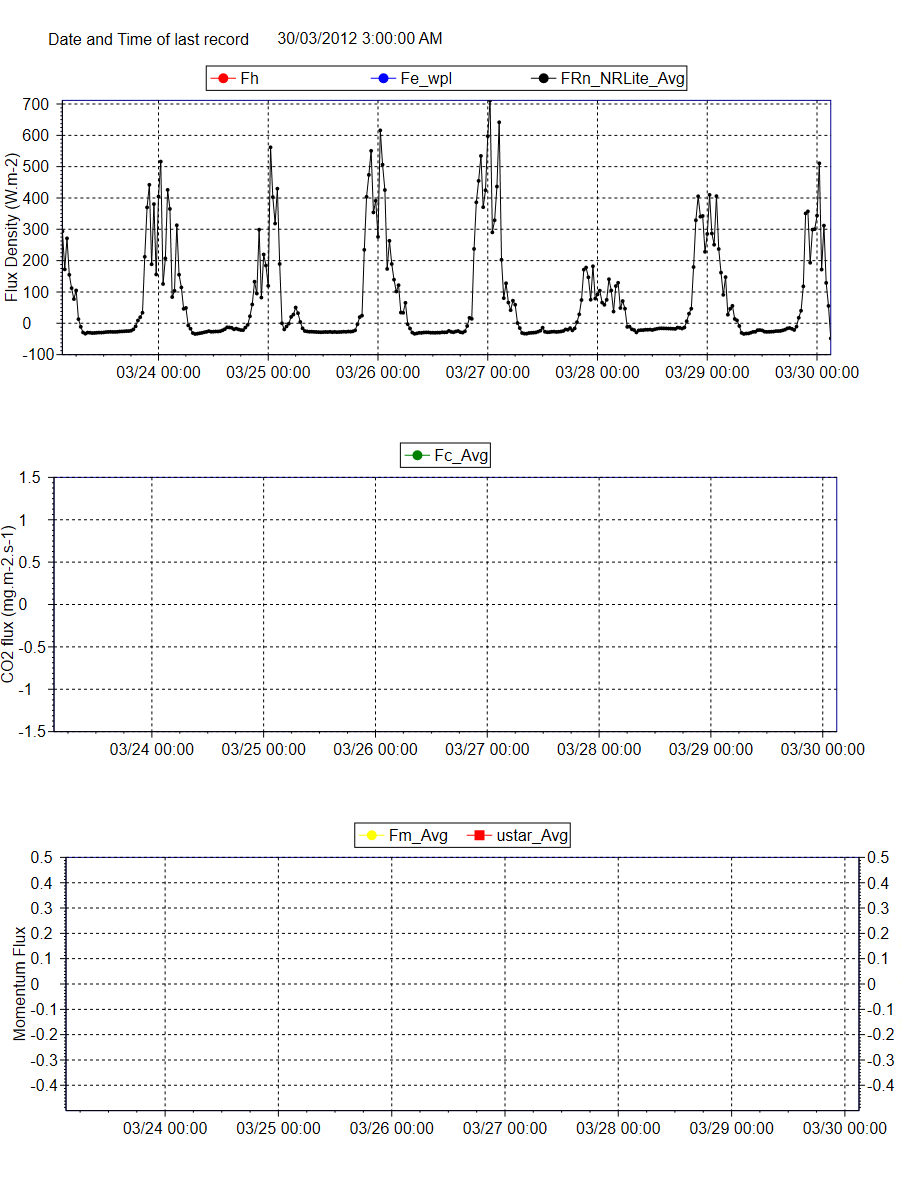

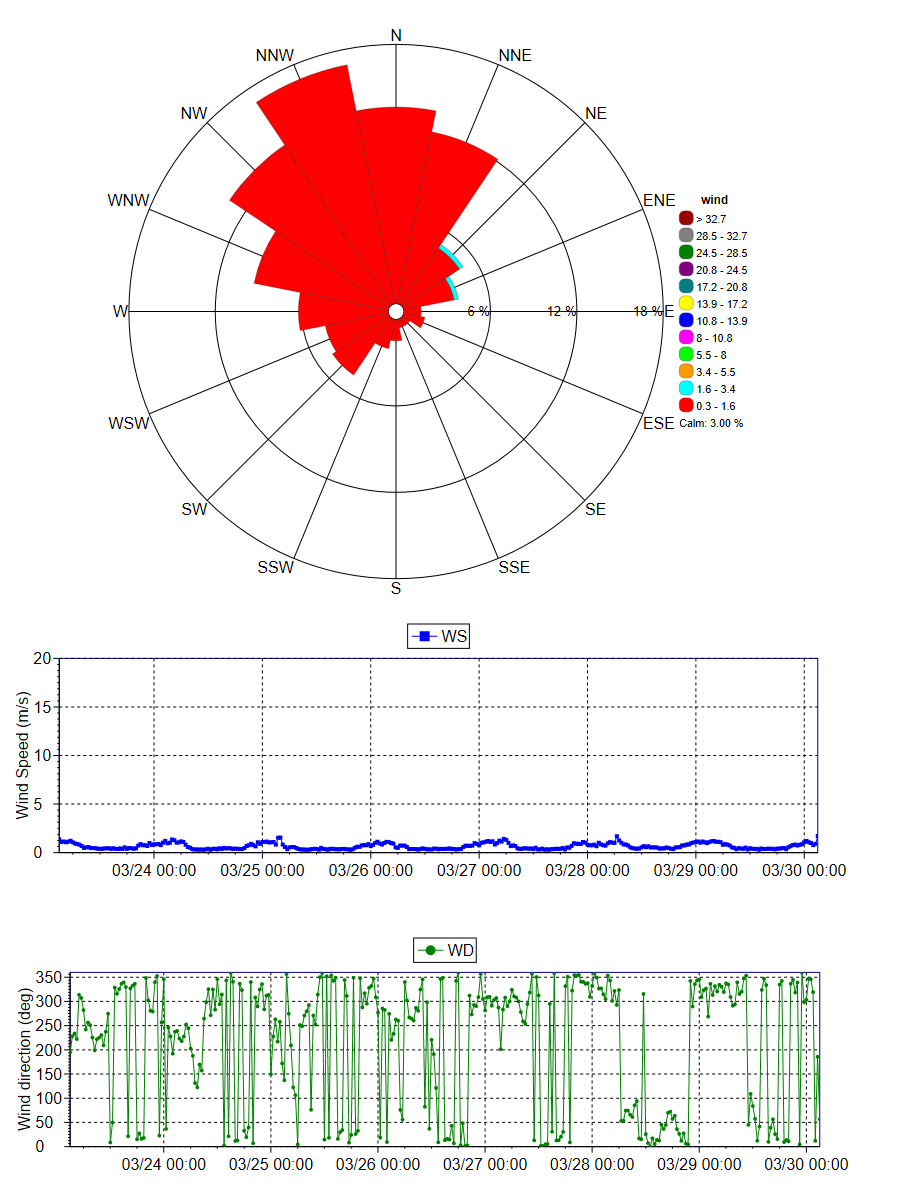
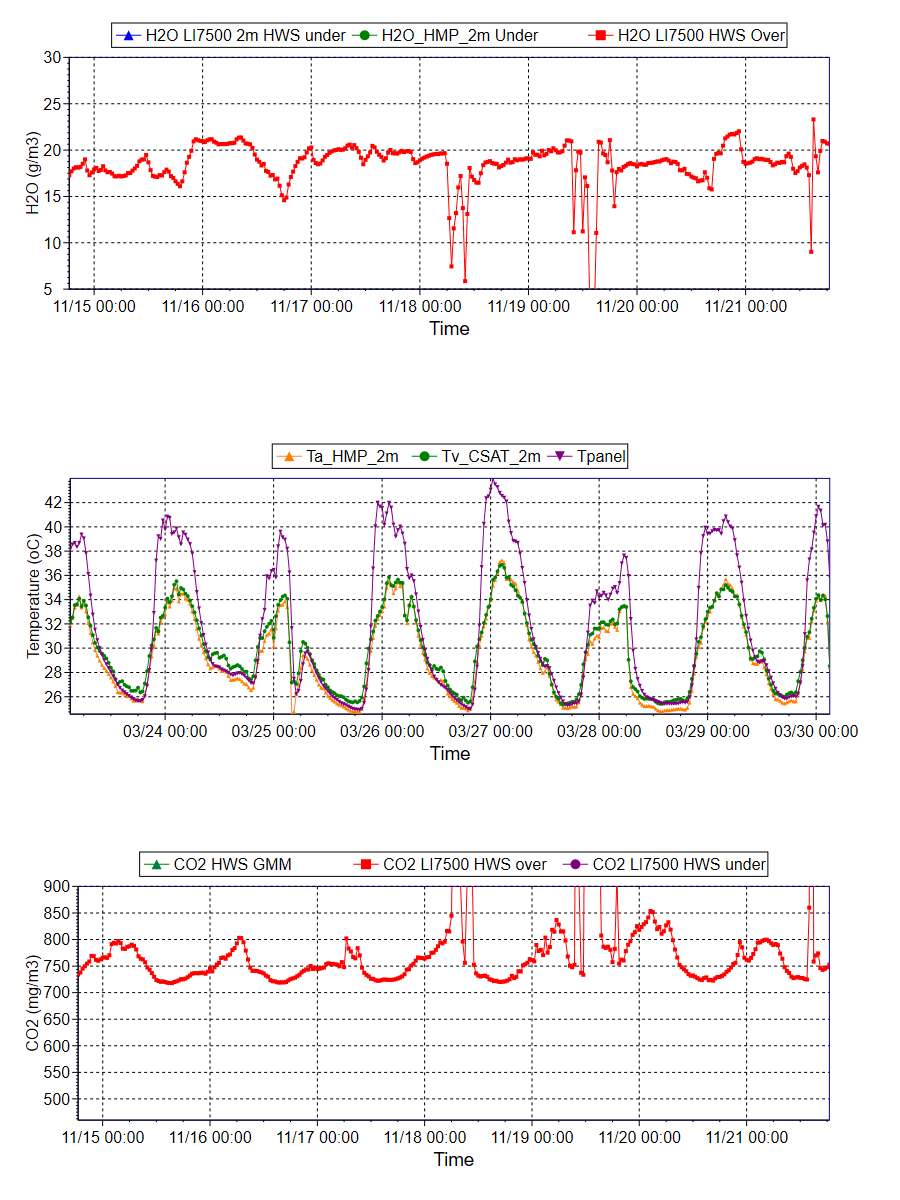

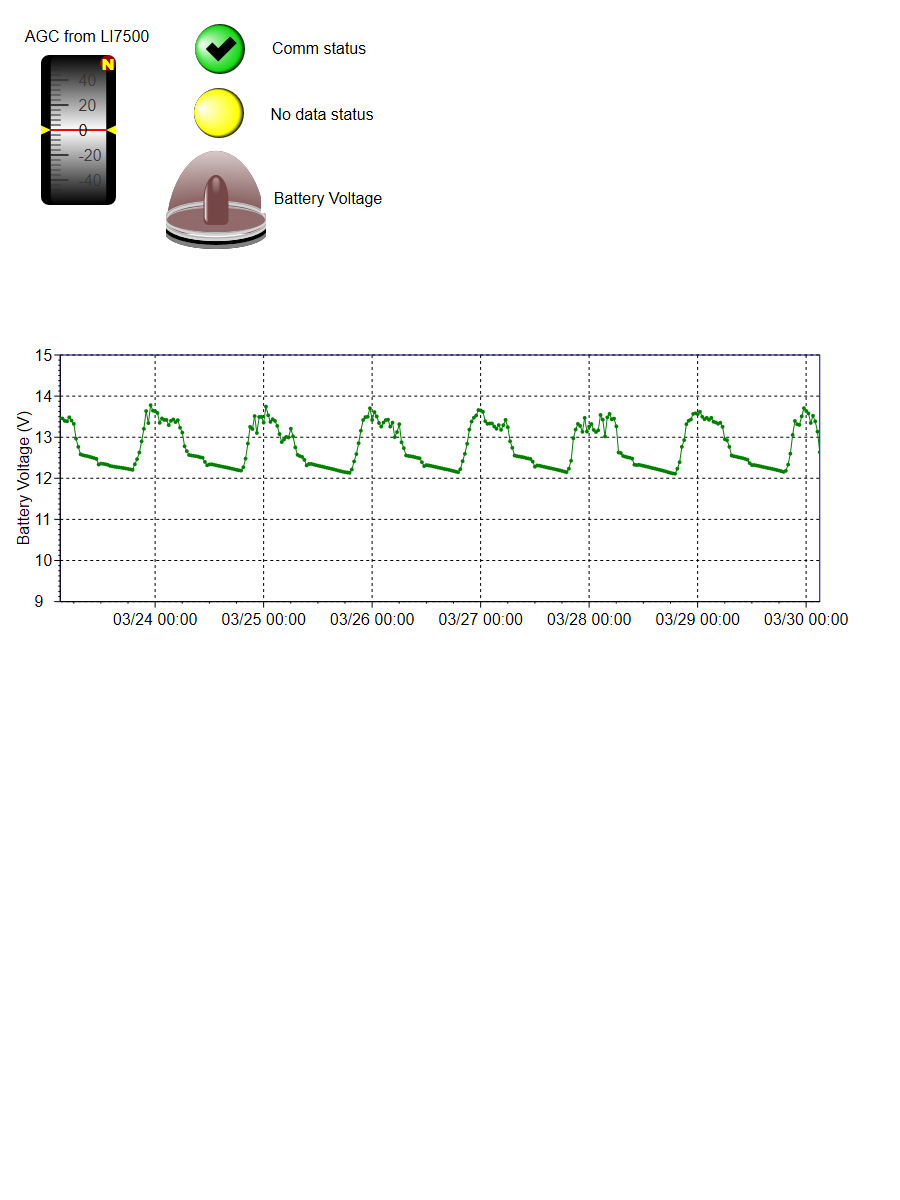
Instrument |
Make |
Model |
Description |
Open path CO2, H2O |
LI-COR |
LI-7500 |
5m |
Sonic anemometer - wind velocities (u,v,w) - sonic temperature |
Campbell Scientific |
CSAT-3 |
5m |
Solar radiation (All-wave) |
Kipp and Zonen |
NRLite |
5m |
Air temperature and relative humidity sensor |
Vaisala |
HMP45C |
5m |
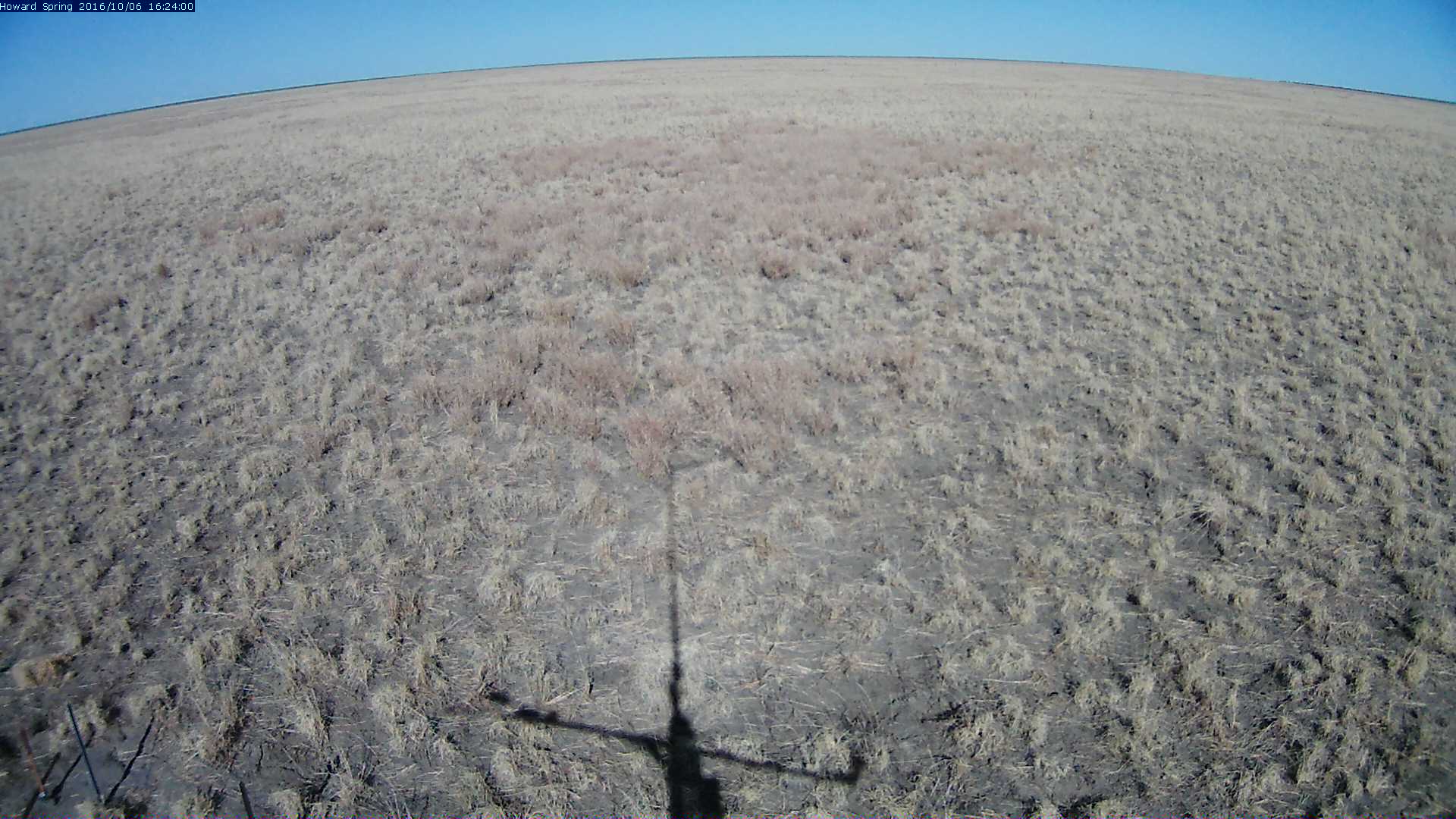
This image is taken by a Vivotek Network Camera (IP8362) and is updated every 30 minutes. The timestamp is provided in Coordinated Universal Time (UTC).

